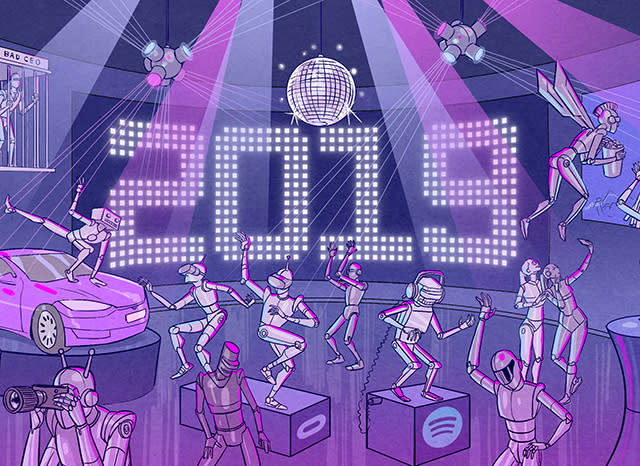Tech that defined the decade
A not-at-all-comprehensive look at the tech innovations of the 2010s.
2020 is just around the corner, and another decade will soon come to an end. A lot has happened over the past ten years, and not all of it was pleasant: 3D television came and went, the headphone jack slowly died and the intersection of tech and politics frequently became front-page news. But amidst the downers, there was still plenty of groundbreaking tech that came about between 2010 and now that have made an impact in our lives. Here's a not-at-all-comprehensive list of a few of them.
Apple iPad
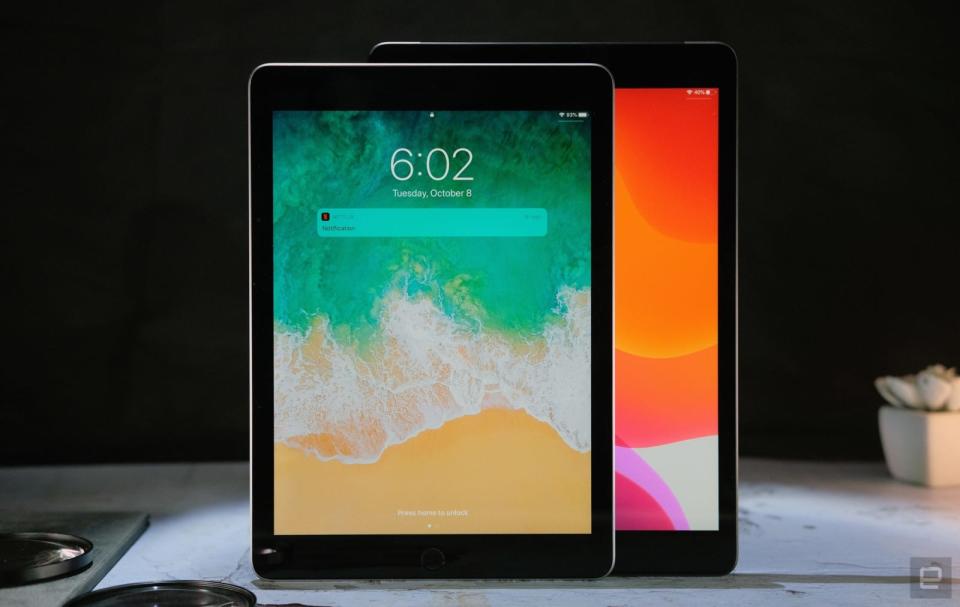
When Steve Jobs introduced the iPad to the world in January 2010, many were skeptical. "It's just a big iPhone," people said. The name was also mocked, especially in reference to feminine hygiene products. Turns out that people actually liked it because it was a big iPhone; a large touchscreen computer that you could bring with you was appealing to many. Some even touted it as the first step toward the post-PC era.
Before long, the iPad sparked a tablet movement, with plenty of competition from the likes of Samsung and Amazon. The iPad, as well as its early rivals, were largely designed for watching videos and reading magazines, but as the platform matured, more people ended up using it as a PC replacement. So much so, that touch screens made their way into laptops, too, which showed that tablets might not have been such a bad idea after all.
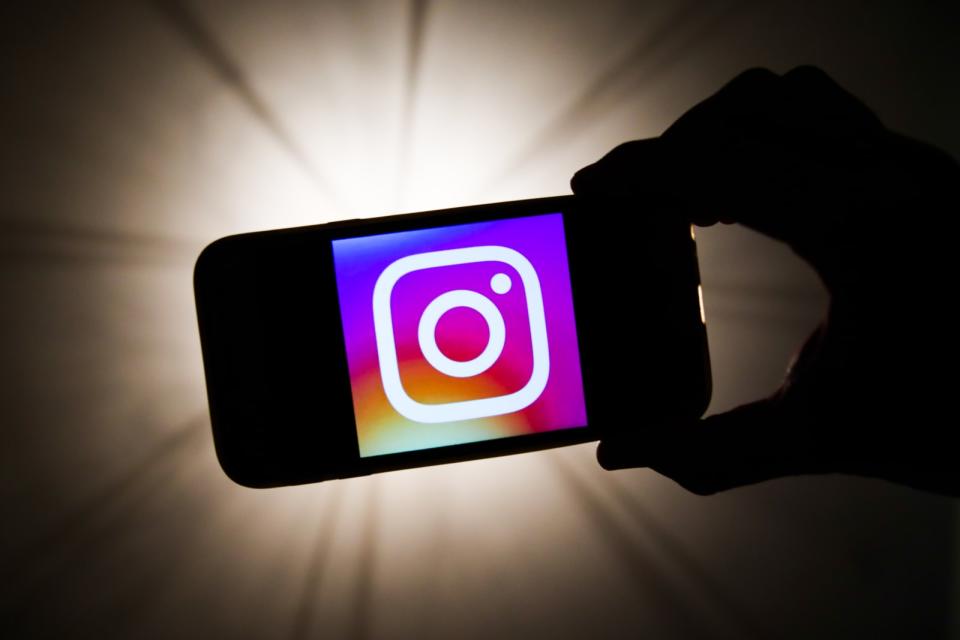
Even before Facebook bought Instagram in 2012, the mobile app was a phenomenon. Founded in 2010 by Kevin Systrom, it reached one million users a mere two months after it launched. Sure, there were photo-sharing apps before Instagram, but it was one of the few to truly make uploading photos from your phone easy and intuitive. This was partly because it was a mobile-first app and didn't have the legacy desktop services that companies like Flickr or Shutterfly were beholden to. In a sense, Instagram was less about photos and more about sharing, and it knew that from the very beginning.
Facebook, of course, realized that too, which is why it bought it in 2012 for $1 billion. Instagram has since blossomed into a social network of its own, with influencers and celebrities using it as their platform of choice. Even in 2019, it shows no sign of slowing down.
Siri
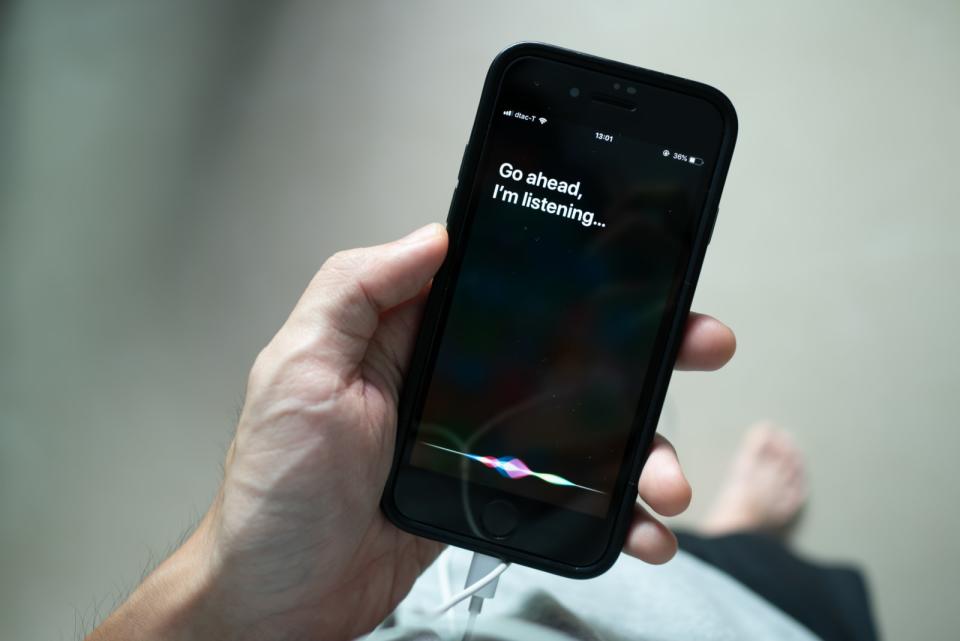
Before Alexa and Google Assistant, there was Siri. Many might not remember that Apple's digital assistant arrived years before the competition. Originally a spinoff from a project developed by SRI International Artificial Intelligence Center, Siri made its debut in 2010 as an app for iOS but was bought by Apple a couple of months later. Then, in 2011, Siri was integrated into the operating system itself, making its official debut as an iOS feature with the iPhone 4S.
Since then, Amazon's Alexa debuted in 2015 and Google Assistant came out in 2016 -- and they improved on the technology with artificial intelligence and machine learning. Apple didn't really embrace those until much later, which turned out to be a serious misstep as Siri's smarts are nowhere near as advanced as its rivals. Still, it's questionable if Amazon or Google would have come out with their own versions at all if Siri hadn't kicked it off.
Snapchat
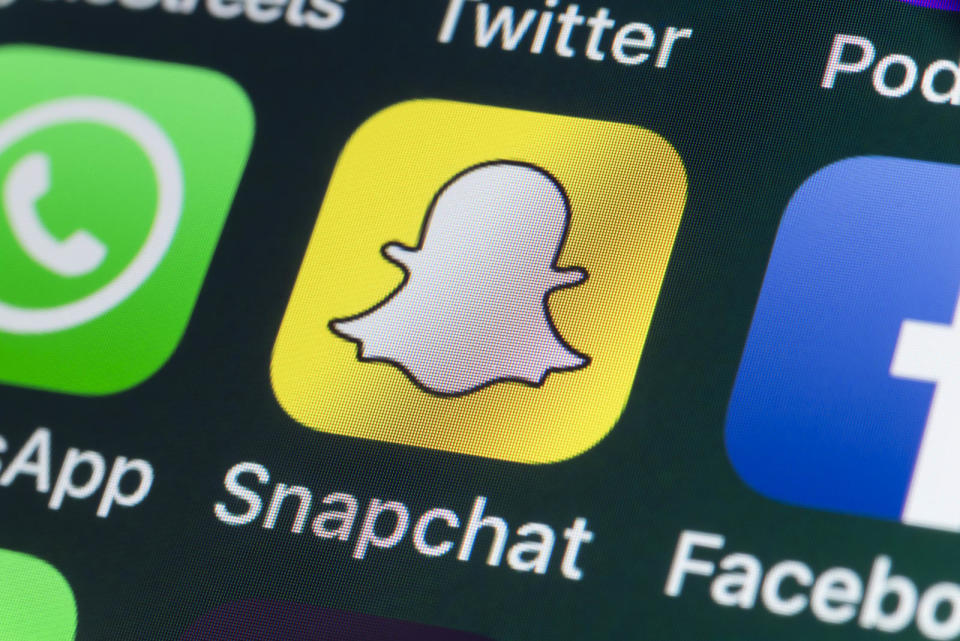
Snapchat burst onto the scene in 2011 and helped propel the idea of "ephemeral content" to the mainstream. At first, the idea of sharing photos that vanished in 24 hours seemed strange. Why would anyone want to use a service like that? But it turns out that people did -- since the photos or videos wouldn't last forever, some felt freed to be themselves and less hung up about appearances. On the other end, viewers liked what they saw because it felt more authentic and less formal. Plus, since it would go away so quickly, they felt compelled to watch it right then and there.
Initially, most used it for sending photos from one person to another. Snapchat later changed it so that users could share them publicly as well. Soon, companies and brands began using the service as a way to spread memes and ads. This phenomenon soon drew interest from rivals like Instagram, which "borrowed" Snapchat's idea with its Stories feature. Facebook took it a step further and integrated disappearing stories in Messenger, WhatsApp and, well, Facebook itself, which ultimately led to Instagram becoming more popular than Snapchat. But there's no question that Snapchat started it all.
Oculus Rift
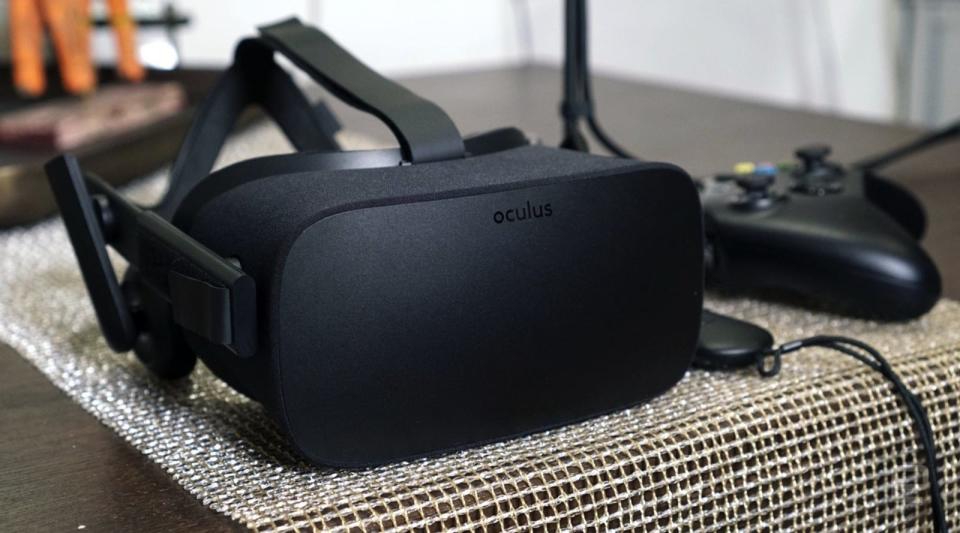
Virtual reality headsets have existed for decades, but it wasn't until the 2010s that consumer VR blossomed. That's almost entirely thanks to the Oculus Rift, which was much more portable, powerful and affordable than existing headsets. Founded by Palmer Luckey, Oculus launched a highly successful Kickstarter in 2013 where it raised well over $2 million. It also began showing the prototype off at CES, where it gained a lot of praise.
Of course, things really changed for Oculus when Facebook acquired it for a whopping $2 billion in 2014. This gave it legitimacy, especially for a company that had yet to launch an actual product. Another turning point was a partnership with Samsung to develop the GearVR -- a phone-based VR headset to be used with the latest Galaxy handsets. Sure, it wasn't quite as capable as a fully-fledged VR headset, but it gave consumers a taste of VR at a relatively affordable price.
It wasn't until 2016 that the first-ever consumer-ready Rift came to market, with plenty of positive reviews to boot. But it wouldn't be long before it had competition. HTC's Vive came out soon after, as did Sony's PS VR. Google also tried to get on the VR bandwagon with Cardboard (and eventually Daydream), though that program has since ended as phone-based VR fell out of favor.
Now, Oculus has emerged with a couple of standalone VR headsets that don't require a PC or a phone: the affordable Oculus Go and the more powerful Oculus Quest. That, combined with the robust competition in the VR space, shows that consumer VR isn't going away any time soon.
Sony a7
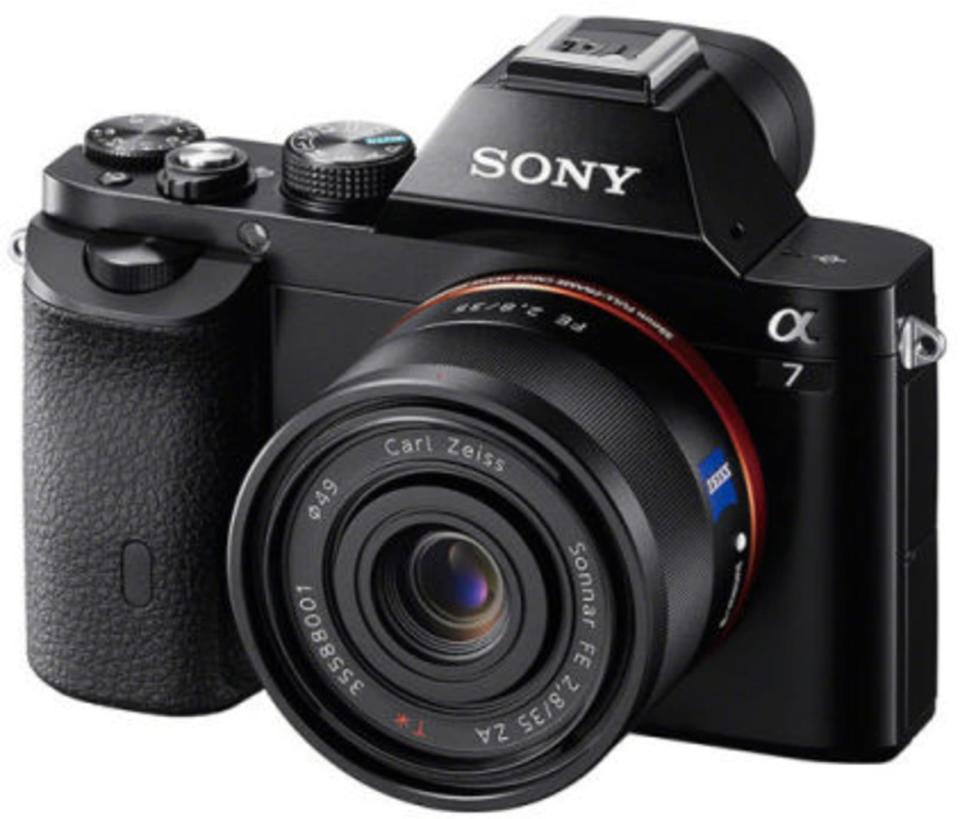
Prior to 2013, mirrorless cameras weren't really taken seriously by professionals or hardcore photographers. They used smaller sensors and didn't have the lens selection that DSLRs had, and some didn't even have an eye-level viewfinder. But Sony's a7 and a7R changed all that. These were full-frame mirrorless cameras with interchangeable lenses, and they were priced competitively at under $2,500. The Sony a7 line turned out to be incredibly popular among professionals and enthusiasts alike, and the full-frame mirrorless trend would prove to be quite the competitor against DSLRs. Suddenly, Canon and Nikon were no longer the only two camera companies that mattered; there was now a third.
Google Chromecast
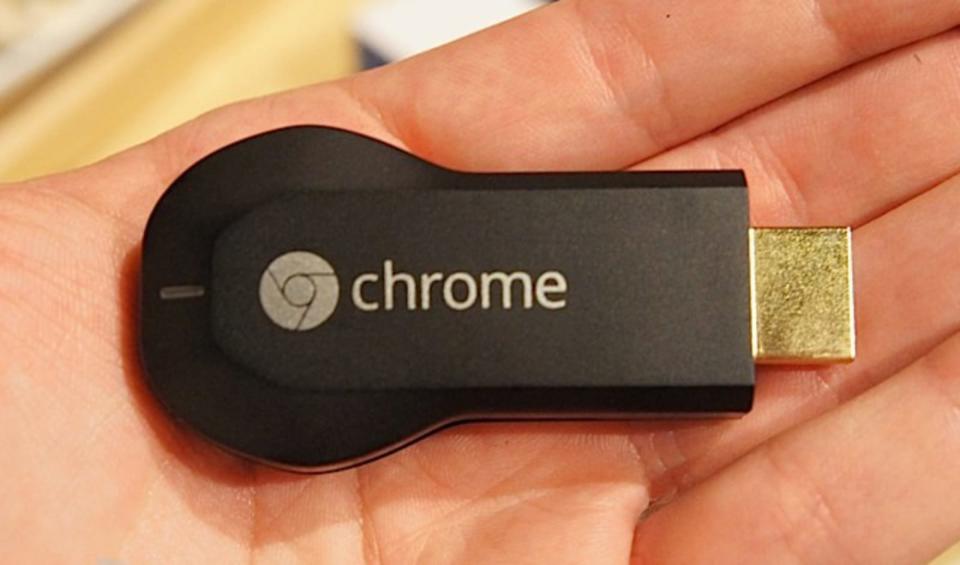
Back before the days of ubiquitous smart TVs, watching YouTube or Netflix on your television meant spending close to a $100 on something like a Roku or an Apple TV. But with Google's $35 Chromecast, anyone could turn their dumb TV into a smart one simply by plugging it into their HDMI port. From there, they could cast popular streaming services (as well as their web browser) straight from their phone or laptop to the TV. It helped bridge the gap for those who wanted to watch the latest Netflix movie on the big screen but didn't want to invest in a whole new entertainment system.
These days, most modern TVs have streaming apps built-in, but Google's Chromecast did help to democratize streaming media in the living room by making it more accessible. Plus, the latest Chromecast Ultra added support for Google's cloud-based gaming service, so it's no longer just about passive media streaming.
Apple Watch
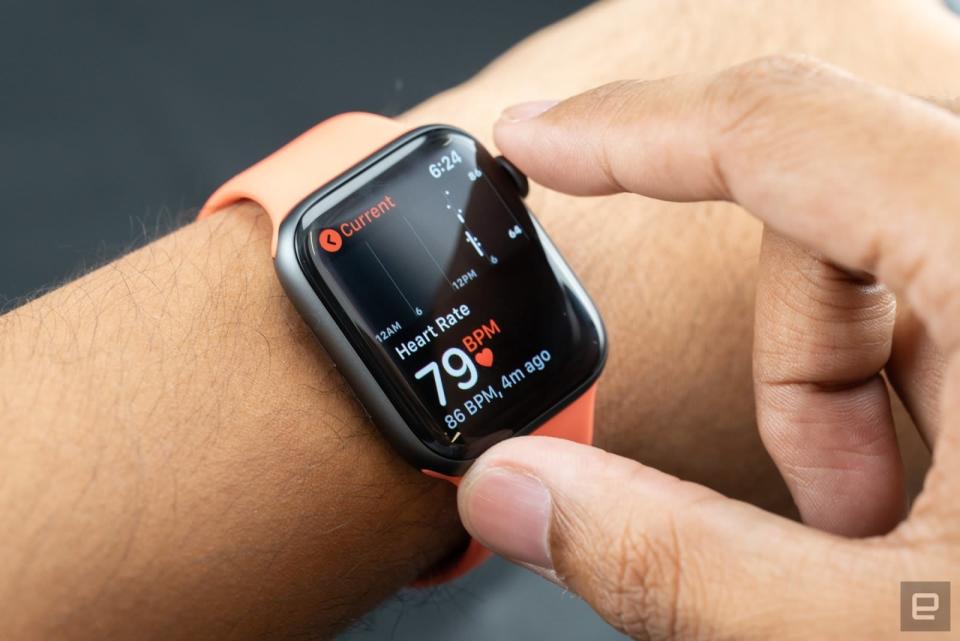
Of course, there were smartwatches before 2010 -- remember the Microsoft SPOT? -- but the Apple was the first to make them fashionable, complete with beautiful hardware and a choice of finishes. Sure, Google came out with Android Wear a year prior, but the first batch were a little on the masculine side, and didn't quite gain the mass appeal that the Watch did. Since then, Apple has beefed up its wearable even further with health-oriented features like a heart rate monitor and fall detection, which certainly makes it more useful than a regular ol' wrist timepiece.
Amazon Echo
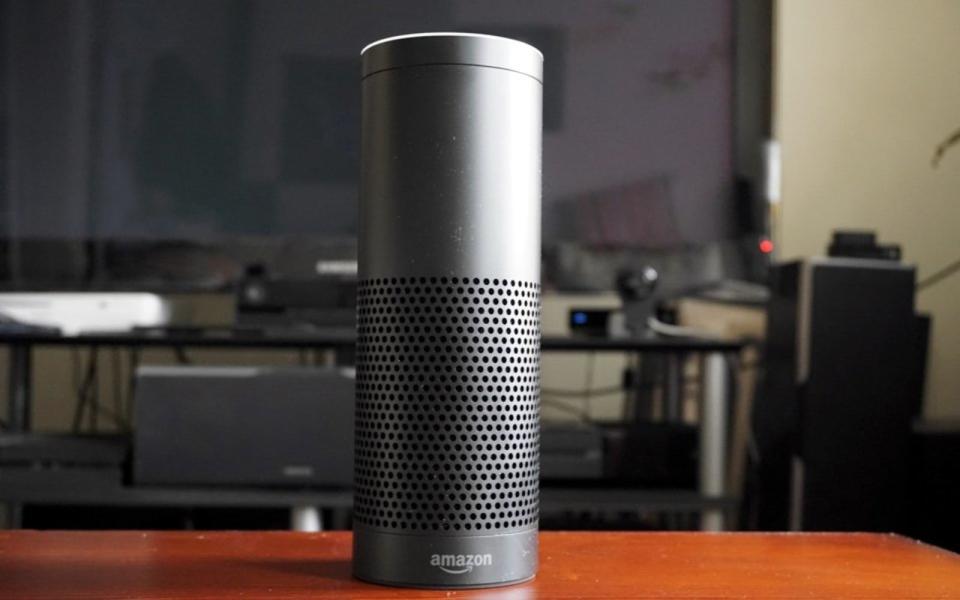
At first, a standalone device that you shouted random commands at just seemed superfluous and a little silly. After all, you already had your phone; why would you need this? But as extraneous as it was, the Amazon Echo ended up taking off. A big reason for that: Alexa. It turns out that being able to speak commands to an omnipresent assistant was surprisingly useful, especially at home, when you might not have your phone on you or your hands might be busy washing the dishes.
The Echo also proved to be something of a trojan horse for Amazon's smart home ambitions. Of course, you could use Alexa for the usual tasks like asking it for the weather or checking on the day's appointments. But you can also use Alexa to power the lights, turn on the TV or adjust the smart thermostat. The concept proved so compelling that rivals like Google attempted to compete with Google Home and Google Assistant.
We should note there are a number of privacy concerns with owning one of these smart speakers. Both Amazon and Google have fessed up to occasionally listening in on conversations and keeping transcripts, though both companies have also updated their policies so that users can delete and block recordings if desired. Despite these issues, smart speakers and their upgraded cousin, the smart display, continue to be popular with consumers.
Google Pixel
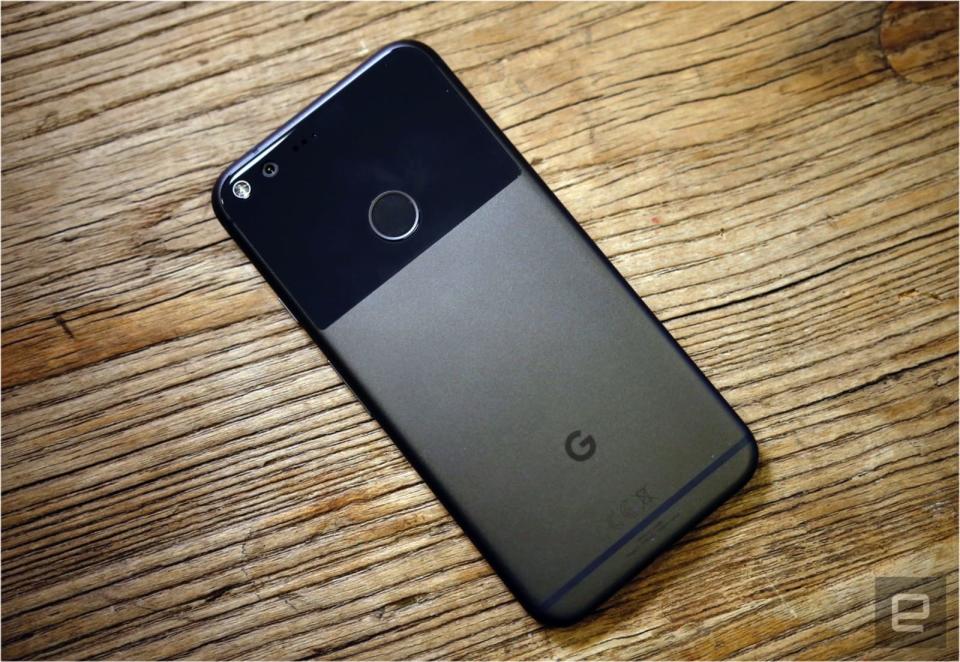
Google's Nexus line was supposed to represent just how good stock Android can be. Yet, it didn't quite gain mass appeal in the way other Android phones did, as the hardware tended to take a backseat to the software. The Pixel and Pixel XL, however, were different. With them, Google had more control over design and development than it ever had with any Nexus. It had a 5-inch AMOLED display, a Qualcomm Snapdragon 821 processor, and a 12.3-megapixel camera that was ranked as "the best smartphone camera" on DxOMarkMobile at the time. That, combined with unlimited cloud storage on Google Photos, finally resulted in a Google flagship that was on par with the rest of the industry.
Nintendo Switch
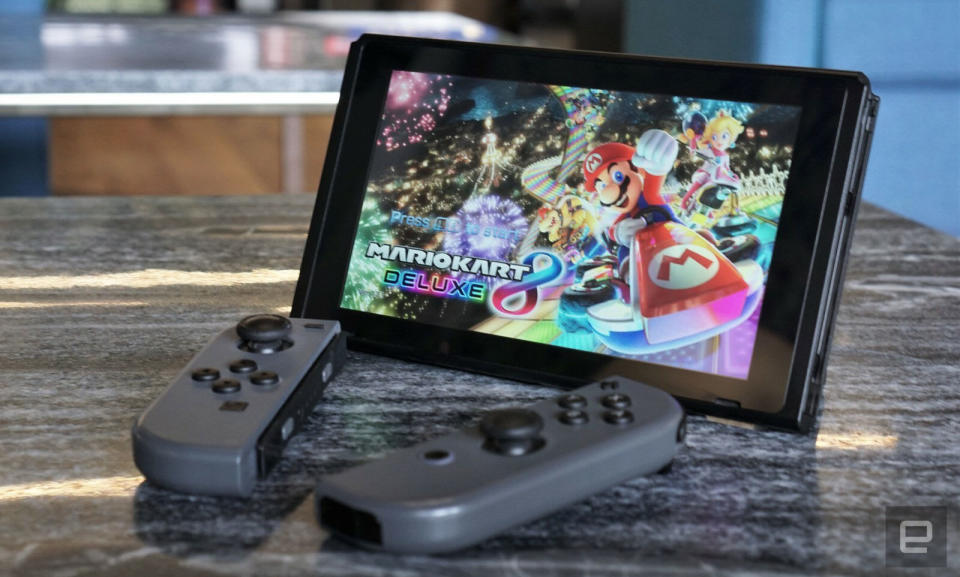
Nintendo has always been something of an outcast in the gaming world: always left at the kid's table while Sony and Microsoft mingled with the grownups. That changed in 2017 when a Nintendo console suddenly became the hottest gaming gadget of the year and, arguably, the decade. It was the Switch, and it proved to be far better than the Wii and Wii U. Its versatile design meant you could play it anywhere -- either docked and connected to your TV or as a handheld. You could even slide out the controllers and hand one to a friend for head-to-head play while on the go.
As of June 2019, Nintendo has sold over 38 million units, which is more than both the PlayStation 4 and the Xbox One at similar points of their lifetimes. While the draw for Nintendo consoles has always been first-party titles (like Mario and Zelda), a lot of publishers eventually wanted (and did) port their titles over to the Switch because of how popular it was. Sure, it doesn't have the triple A titles that Sony and Microsoft have, but with these sales numbers -- and the growing popularity of its little sibling, the Switch Lite -- Nintendo has nothing to worry about.
Tesla Model 3
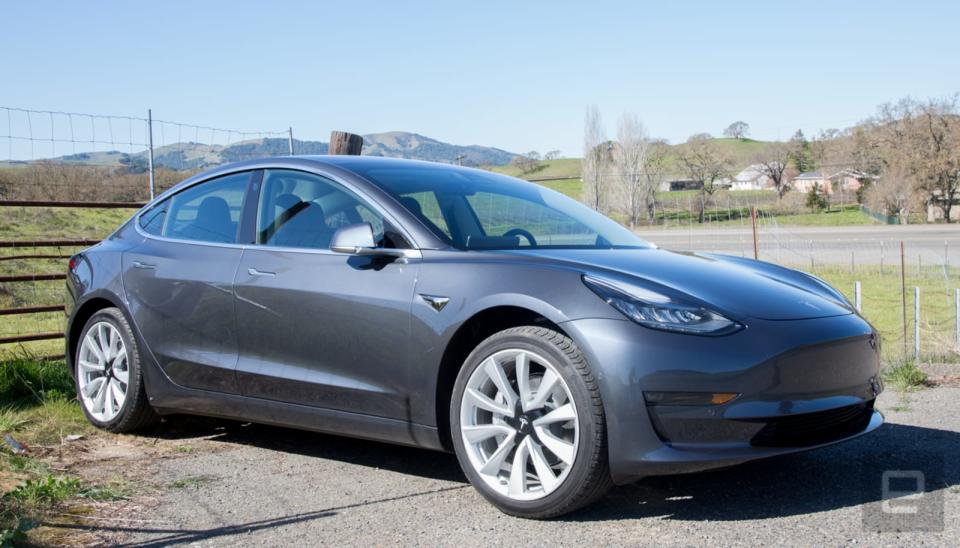
Even though Tesla was founded in 2003 and rolled out its first car, the Roadster, in 2008, it wasn't until the 2010s that it hit its stride. With the arrival of the Model S in 2012 and the Model X in 2015, the company helped transform the idea of the electric vehicle as a boring toaster into one of a high-tech automobile with a giant touchscreen and advanced autopilot features. Plus, it helped spur traditional automakers to churn out their own electric wonders, like the Jaguar I-Pace and the Audi e-tron.
But what really propelled Tesla to the top was the $35,000 Model 3, which was the culmination of a nearly 12-year plan to bring an affordable yet attractive EV to market. The Model 3 arguably kicked off the trend of EVs with prices that won't break the bank, such as the Hyundai Kona Electric or the Kia Niro EV. That, combined with its good looks, minimum range of 220 miles and, according to senior editor Roberto Baldwin, the fact that it handles corners like a dream, makes it one of the more important EVs of the decade.
ENGADGET'S YEAR IN REVIEW 2019
